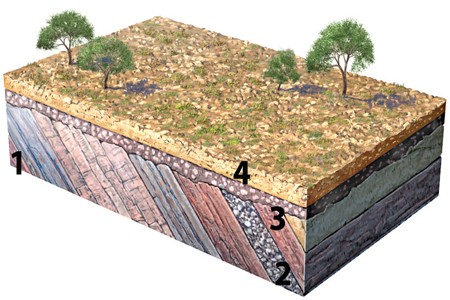Define symbiosis, and describe the three different types of symbiotic relationships. What will be an ideal response?
Symbiosis is the biologist’s term for the co-occurrence of two species in which the life of one
is closely interwoven with the life of the other. The symbiotic bond is often so strong that one
organism (the symbiont) is totally dependent on the other (the host). There are three general
types of symbioses: mutualism, commensalism, and parasitism. (1) In mutualism both the
symbiont and the host (the larger organism with which the symbiont lives) benefit from the
relationship. True mutualism is rare among marine organisms. (2) In commensalism, the
symbiont benefits from the association while its host neither benefits nor is harmed. (3)
Parasitism is the most highly evolved and by far the most common symbiotic relationship.
The parasite lives in (or on) the host for at least part of its life cycle and obtains food at the
host’s expense. For obvious reasons, parasites do not usually kill their hosts, but they can
seriously affect the host organism by reducing its feeding efficiency, depleting its food
reserves, reducing its reproductive potential, lowering its resistance to disease, or otherwise
sapping its energy. The host–parasite relationship is finely balanced and extraordinarily
delicate. The parasite must in some way be aware of the host’s physical condition in order to
avoid weakening the host so much that it dies. On the other hand, the parasite must take as
much energy from the host as possible in order to ensure its own success.
You might also like to view...
For a given wind speed, at which of the following latitudes would the Coriolis force be weakest?
A. 10 B. 30 C. 60 D. 90
Which of the four numbered features on this figure is the oldest?
A. 1 B. 2 C. 3 D. 4
The notion that the traits that help a species survive and reproduce are passed along more frequently than those that do not is known as
A) Lamarckianism. B) gradualism. C) punctuated equilibrium. D) natural selection.
In the Central Plains of the United States, continental polar air is welcome in both winter and summer
a. True b. False